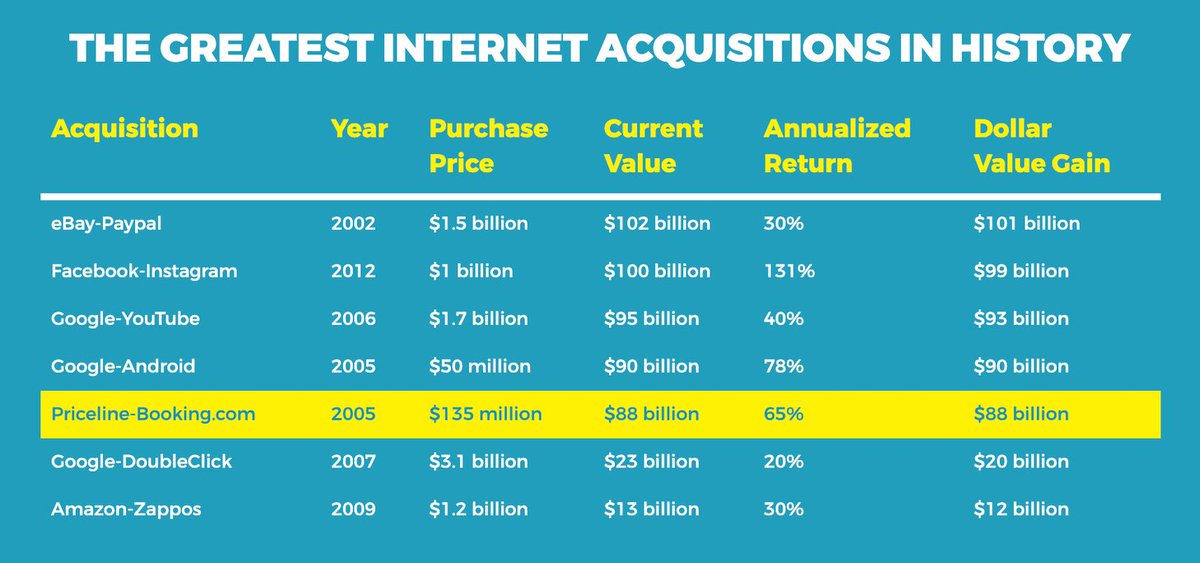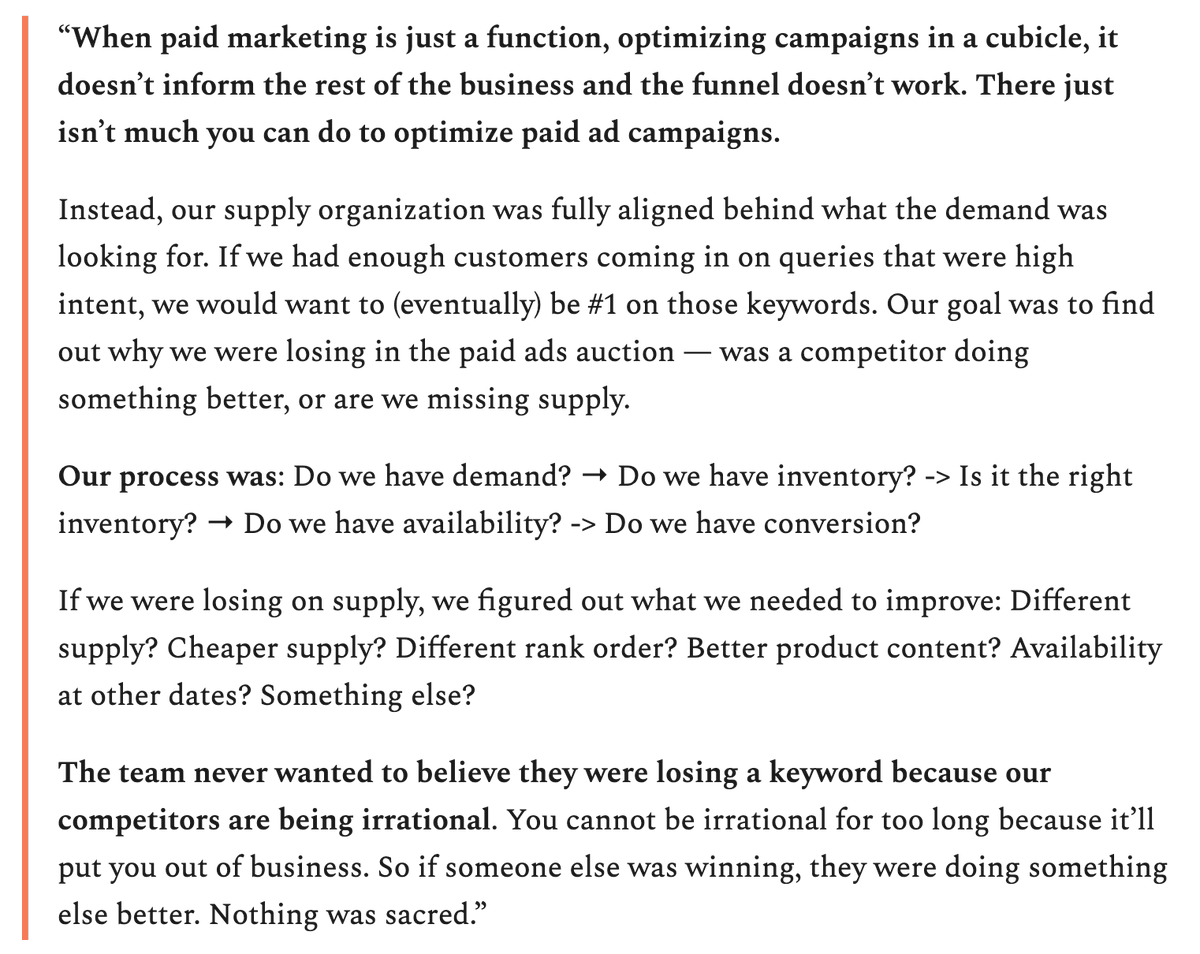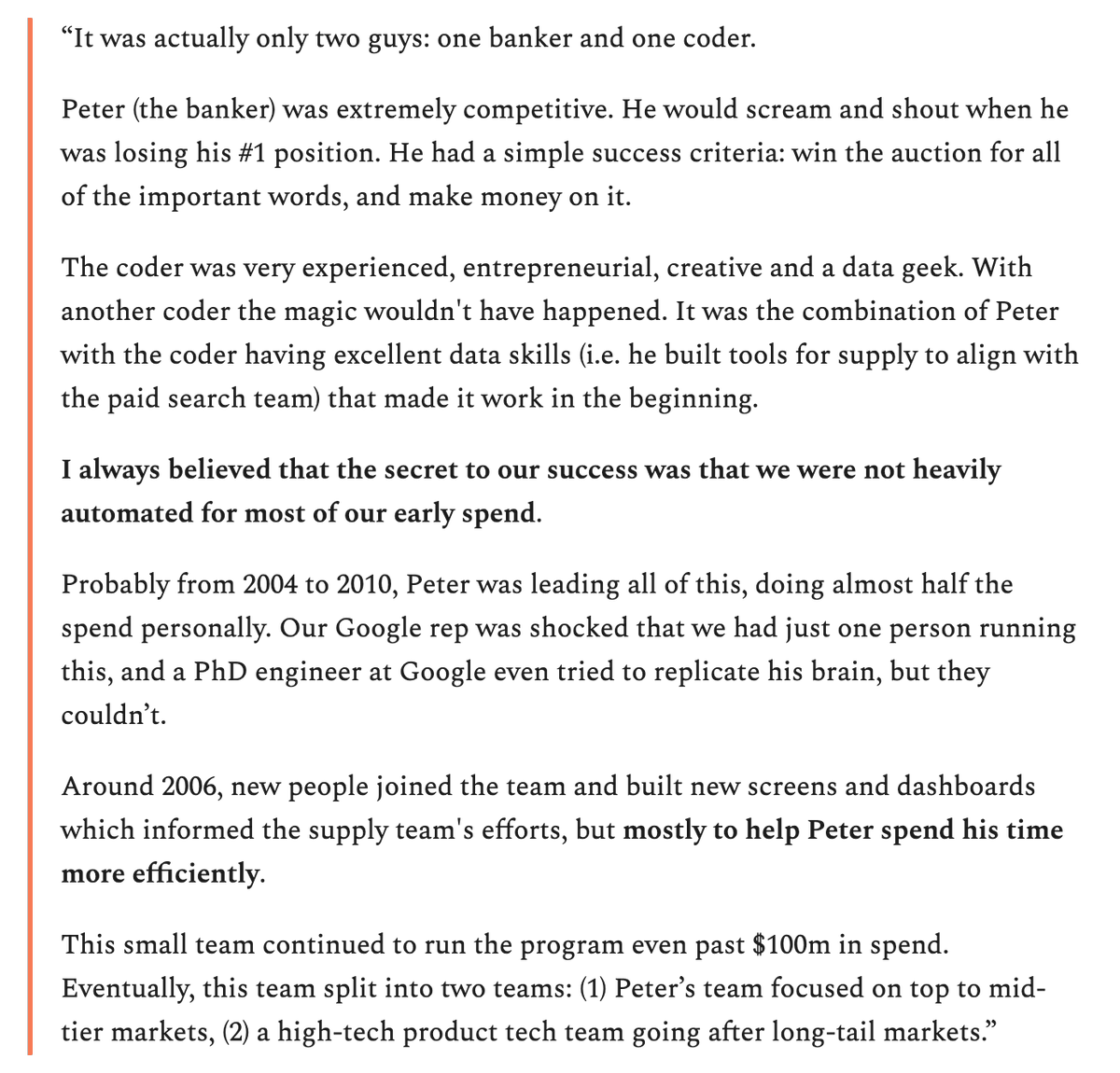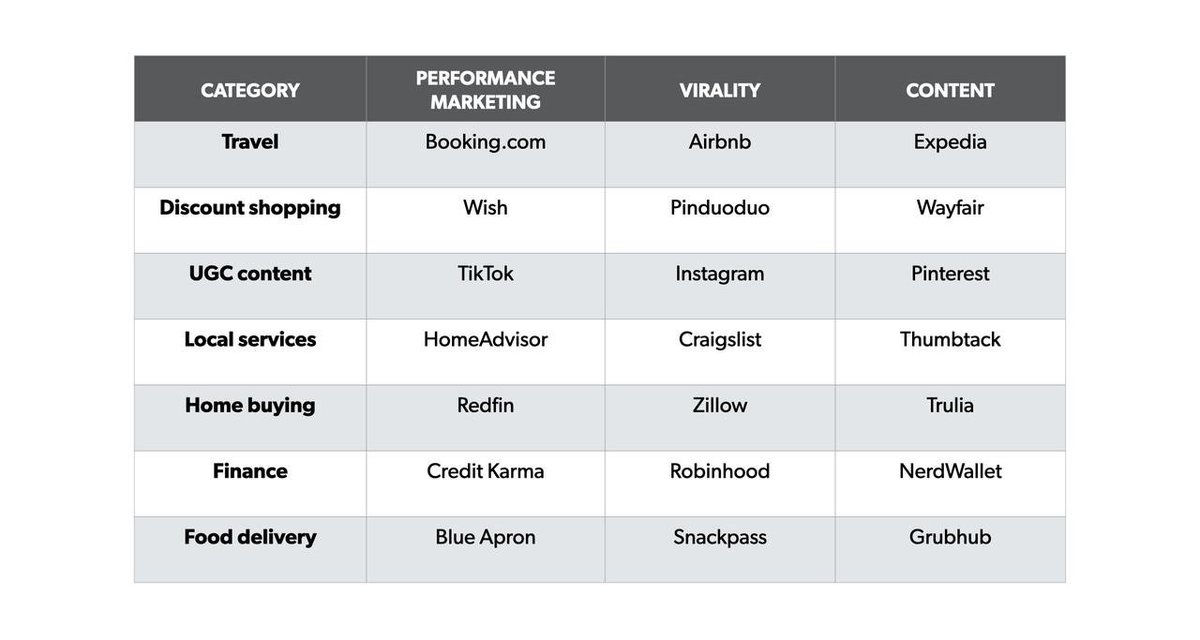
Early-stage bottom-up SaaS founders – this thread is for you
Below 👇
🔬 Most important metrics to track
🛠 Tools to track these metrics
🎨 How to best visualize and share these metrics
Below 👇
🔬 Most important metrics to track
🛠 Tools to track these metrics
🎨 How to best visualize and share these metrics
1/ 🔬 What metrics should early-stage bottom-up SaaS founders focus on?
✨ Pre-revenue ✨
1. Retention:
✔ User: % of new users who are still active 3-6 months later
✔ Logo: % of new companies who are still active 3-6 months later
✔ L7/L30: # of days that users are active
✨ Pre-revenue ✨
1. Retention:
✔ User: % of new users who are still active 3-6 months later
✔ Logo: % of new companies who are still active 3-6 months later
✔ L7/L30: # of days that users are active
2/ Virality within an organization:
✔ Invite rate: % of new users who sent at least one invite in the first X days
✔ Invite conversion rate: % of users who receive an invite that sign-up in the next X days
✔ Virality factor: % of new users who have come from an invite
✔ Invite rate: % of new users who sent at least one invite in the first X days
✔ Invite conversion rate: % of users who receive an invite that sign-up in the next X days
✔ Virality factor: % of new users who have come from an invite
3/ Top-of-funnel growth:
✔ Traffic: Visits to site/week
✔ MoM new user growth: Month over month growth rate in total users
✔ Activation: % new users who “activate”, whatever that means for your product
✔ Traffic: Visits to site/week
✔ MoM new user growth: Month over month growth rate in total users
✔ Activation: % new users who “activate”, whatever that means for your product
4/ 🤑 Post-revenue:
1. Revenue growth
✔ MRR: MoM MRR growth
✔ ARR: MoM ARR growth
✔ New customers: New customers/week
2. Retention
✔ Customer: % of new paying customers who are still customers 3-6 months later
✔ Net Dollar Retention: MRR of each cohort at 12 months
1. Revenue growth
✔ MRR: MoM MRR growth
✔ ARR: MoM ARR growth
✔ New customers: New customers/week
2. Retention
✔ Customer: % of new paying customers who are still customers 3-6 months later
✔ Net Dollar Retention: MRR of each cohort at 12 months
5/ 3. Monetization
✔ Paid company conversion: % of free companies that convert to paid within X days
✔ Payback period: Average time to pay back CAC
✔ Gross margins: Net sales revenue minus the cost of goods sold
✔ Paid company conversion: % of free companies that convert to paid within X days
✔ Payback period: Average time to pay back CAC
✔ Gross margins: Net sales revenue minus the cost of goods sold
6/ 🧐 Additional metrics to track and have available:
1. Engagement
✔ DAU/MAU
✔ Key actions per day/week (e.g. tasks created, pics sent)
✔ Average time spent/user/day
1. Engagement
✔ DAU/MAU
✔ Key actions per day/week (e.g. tasks created, pics sent)
✔ Average time spent/user/day
7/ 2. Virality within an organization
✔ Invite volume: When an invite was sent, median number of invites sent per user
✔ Velocity of virality: Median days from 1 —> N seats at a company
✔ Traction: Number of total companies with at least 3 users signed-up
✔ Invite volume: When an invite was sent, median number of invites sent per user
✔ Velocity of virality: Median days from 1 —> N seats at a company
✔ Traction: Number of total companies with at least 3 users signed-up
8/ 3. Monetization
✔ ARPU: Average revenue per user
✔ User conversion: % of free users that convert to paid within X days
✔ Quick ratio: (New MRR + Expansion MRR) / (Contraction MRR + Churned MRR)
✔ Growth spend efficiency: CAC/LTV
✔ ARPU: Average revenue per user
✔ User conversion: % of free users that convert to paid within X days
✔ Quick ratio: (New MRR + Expansion MRR) / (Contraction MRR + Churned MRR)
✔ Growth spend efficiency: CAC/LTV
9/ 4. Funnel conversion
✔ Landing conversion: % visitors click CTA
✔ Activation: % visitors who “activate”, whatever that means for your product
✔ % visitors complete your sign-up flow
✔ % visitors signup
✔ Landing conversion: % visitors click CTA
✔ Activation: % visitors who “activate”, whatever that means for your product
✔ % visitors complete your sign-up flow
✔ % visitors signup
10/ 🛠 What tool do founders use to track their metrics AND 🎨 How do they visualize and share these metrics?
1. Google Sheets
1. Google Sheets
https://twitter.com/craigzingerline/status/1312218315423653888?s=20
https://twitter.com/garrett_wj/status/1312422060845608966?s=20
https://twitter.com/lwcassid/status/1312218477629849600
https://twitter.com/JerocelleDGR/status/1315629374691930114?s=20
13/ Other: Mixpanel, Looker, Tableau, Anaplan, Causal, Slack
https://twitter.com/JustDilley/status/1312155733308305409?s=20
• • •
Missing some Tweet in this thread? You can try to
force a refresh






